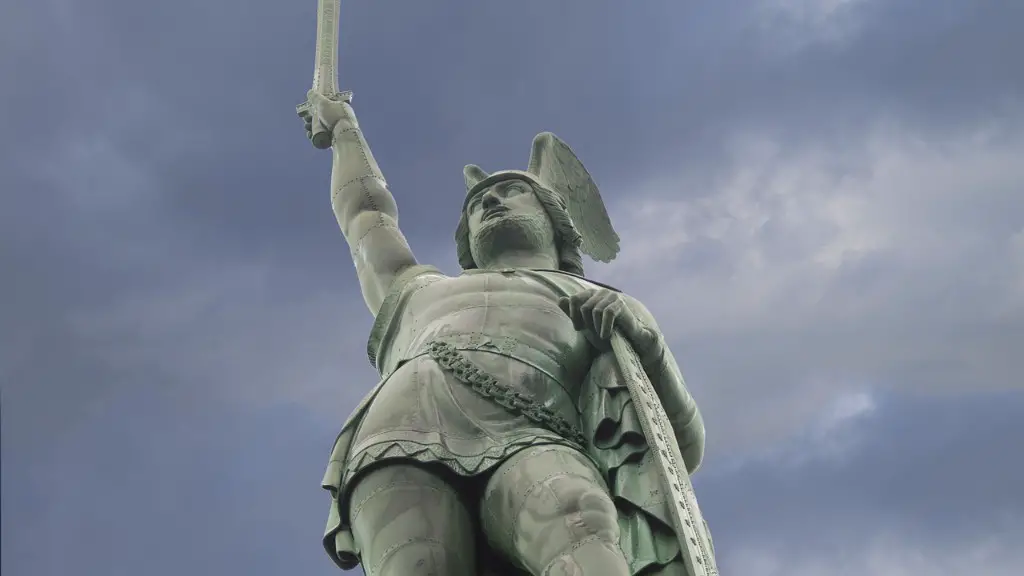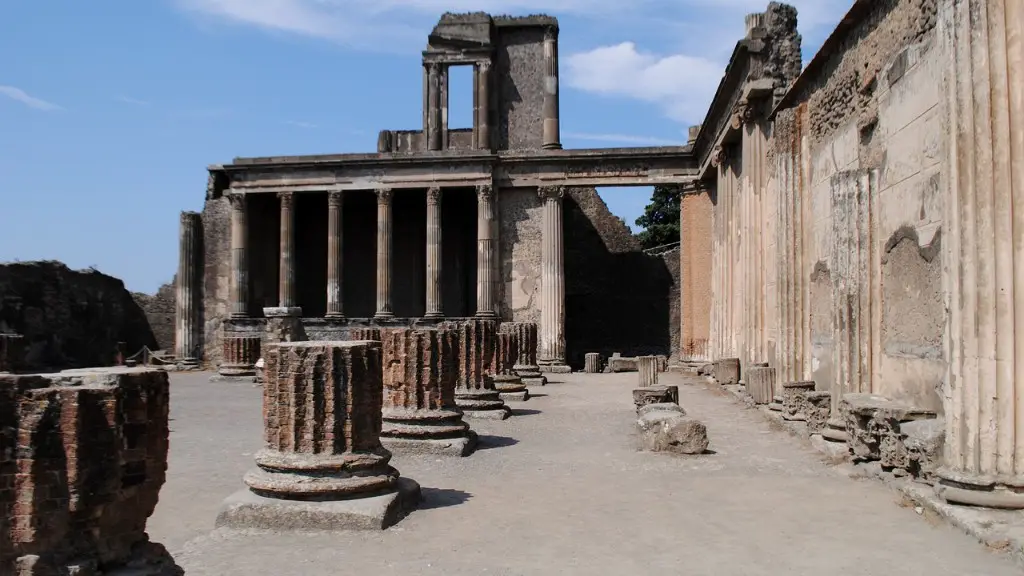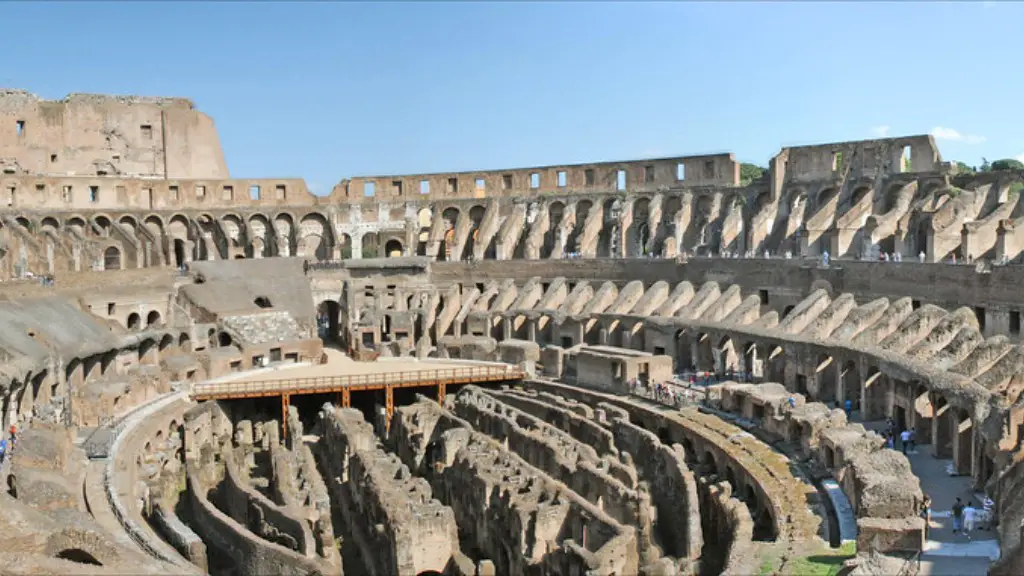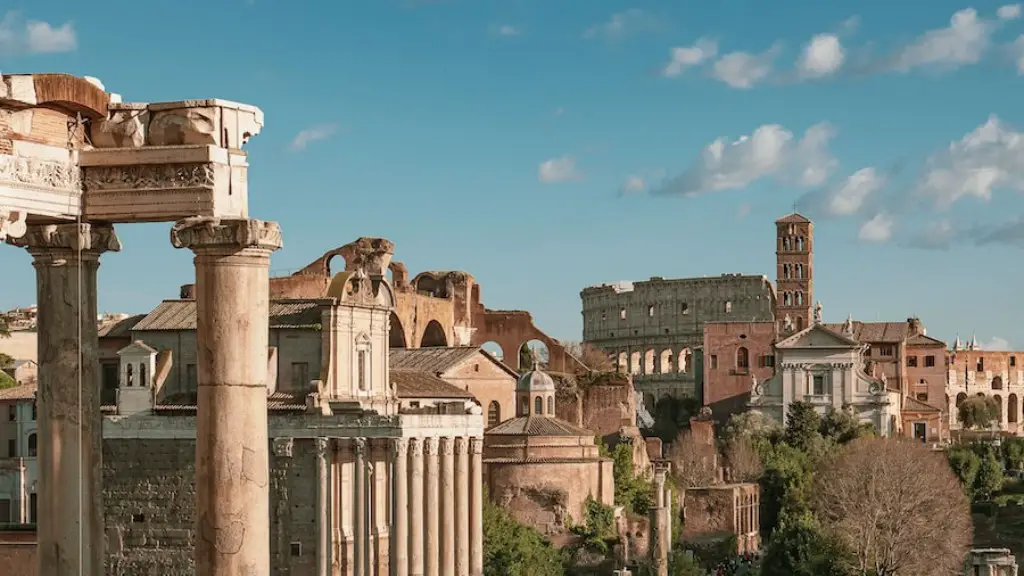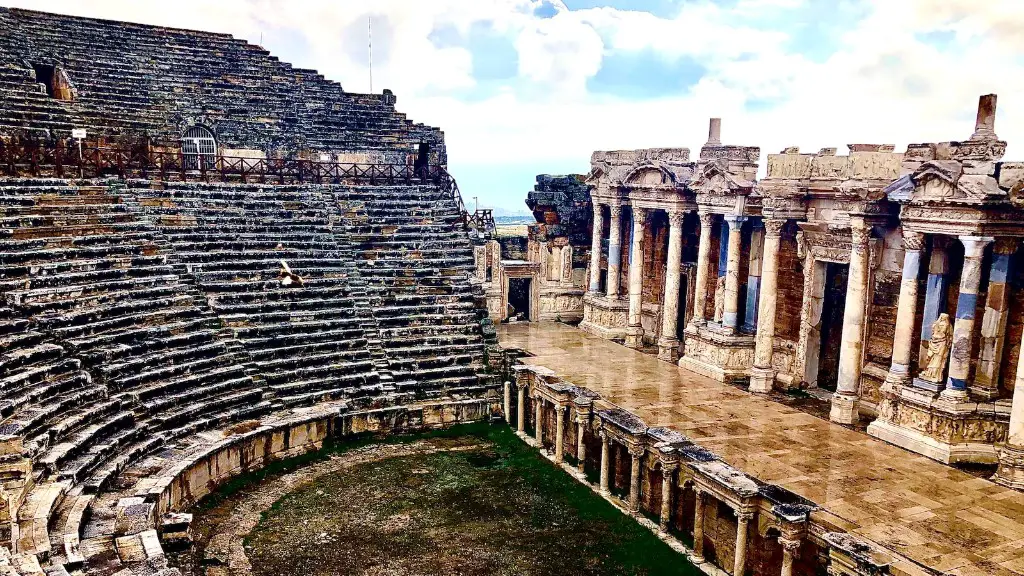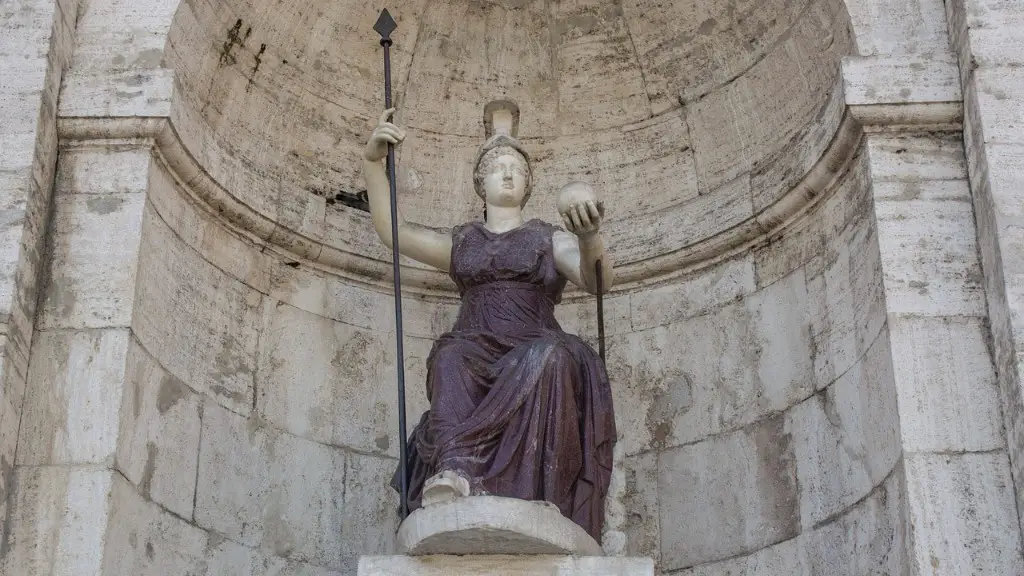Ancient Rome traded with many different countries and regions. They traded a variety of goods, including food, wine, weapons, and other materials. Rome had a large impact on the economy of the Mediterranean region and was an important part of the trade network in the ancient world.
The Roman Republic traded extensively with other regions. It was especially involved in trade with the provinces, which generated a large amount of income for the state. Major exports from Rome included wine, olive oil, and grain. The Roman Republic also traded weapons, pottery, and other manufactured goods.
What did ancient Romans trade for?
The Romans traded with Britain for silver and wool. They imported dyes and spices from the south-eastern part of their Empire.
The trade items mentioned are all items that were traded during the Roman Empire. The metals and olive oil would have come from Spain and Africa, while the grain would have come from Egypt, Africa, and the Crimea. The spices and silks would have come from the east, and the wine would have come from France and Italy. These items would have been carried in large jug-like red clay amphoras on square-sailed merchant ships.
What was ancient Rome’s economy and trade
The Roman economy was based on agriculture, with large farms run by slaves. Romans also made money from mines, and rich Romans could buy luxuries from all over the world. The Roman economy was very different from our modern economy, which is based on manufacturing and service industries.
The Silk Road was a network of trade routes connecting China and the Mediterranean. Chinese merchants exported silk to Western buyers from Rome and later from Christian kingdoms. In return, wools, gold, and silver traveled eastward.
What did Rome mostly trade?
Grapes, oil, and grain were a few of the major exports From these crops, items such as olive oil, wine, and cereals were also made and exported. Other exports included pottery and papyrus (paper). Rome imported some food items, such as beef and corn.
There are many things that we take for granted in modern life that were actually invented by the Ancient Romans! Here are just a few examples:
Roads: The old proverb “all roads lead to Rome” (usually interpreted as “many paths may lead one to the same goal”) stems from the fact that originally they sort of did, or rather they came from Rome!
Central heating: The Roman hypocaust system of central heating was used in homes and public bathhouses and was remarkably efficient.
Concrete: The Roman invention of concrete was crucial to their construction of roads, bridges, aqueducts and other monumental architecture.
The calendar: The Roman calendar was the most accurate of its time and laid the groundwork for the modern calendar that we use today.
Flushing toilets and sewers: The Ancient Romans were the first to develop a system of flushing toilets and sewers, which was crucial for public health.
What was Rome’s biggest export?
In turn, olive oil and wine were Italy’s main exports. Two-tier crop rotation was practiced, but farm productivity was overall low, around 1 ton per hectare. This was due to the use of simple tools and techniques, as well as the relatively poor quality of the soil.
The market was very large and had many different types of shops. There were food shops, spice shops, shoe shops, wool shops, and book shops. There were also barber shops, blacksmiths, and other types of businesses. The forum boarium, which was right next to the main market, was a large meat and cattle market. The forum cuppedinis sold luxury goods.
Did Rome trade slaves
Roman traders frequently enslaved people from across the borders of their territory and within it. This practice resulted in the movement of large numbers of enslaved people around the Roman world.
If the Roman Empire did not have trade, it would not have been possible to sustain such a large population. The city of Rome had a population of one million, which required a lot of resources. Trade allowed for the resources to be brought back to Rome, which kept the population fed and healthy.
Did the Roman Empire have good trade?
The Roman army made the roads and sea routes safe for traders. In turn, trade helped the economy grow. People in each area of the empire could sell what they grew or made to people in other areas who could use these goods. They could also buy things that they couldn’t produce for themselves.
Rome established trade routes to the East to satisfy the needs of its wealthy citizens. Every year, ships laden with Mediterranean commodities would sail to the ports of India and China, bringing back exotic luxuries, such as cinnamon, ivory, pepper, and silk.
When did Rome start trading
The Roman Empire was one of the largest empires in the world and controlled a large area. The provinces of the empire were very diversified and each had their own specialty. The empire was connected by sea routes and this allowed for a great amount of trade between the provinces. This trade was very important for the Roman Empire and helped to keep the empire prosperous.
Glassware was one of the main commodities imported into China from the West. Glassware was novel. It was considered a luxury good in those days. First the Romans and then Samarkand (SE Uzbekistan) made glassware that was especially valued due to its high quality and transparency.
What goods did the Chinese get from ancient Rome?
The silk road was a network of trade routes that spanned from China to the Mediterranean. These routes were used to transport goods such as spices and silk. In order to trade with the Chinese, the Romans had to pay with gold coinage. There was also a demand for Roman glass in China. The Han Chinese also produced glass in certain locations.
Italy is a major producer of refined petroleum, pharmaceuticals, and vehicle parts. It is also a major producer of cars, with a output of over 9,000 vehicles annually.
Final Words
Ancient Rome traded a variety of goods with other cultures. They traded things like food, wine, pottery, metalwork, and slaves.
Ancient Rome was a major trade hub in the Mediterranean region. Rome traded a wide variety of goods with its neighbors, including food, wine, metalwork, pottery, and fabric. This trade was essential to the city’s economy and helped to make Rome one of the most prosperous cities of its time.
